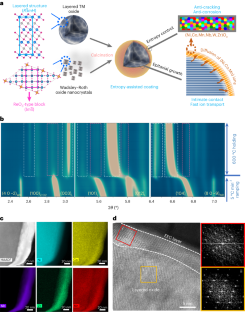2024-06-11 カリフォルニア大学リバーサイド校(UCR)
<関連情報>
- https://news.ucr.edu/articles/2024/06/11/how-did-satellite-galaxy-milky-way-come-be
- https://iopscience.iop.org/article/10.3847/2041-8213/ad50cd
クレーターIIの自己相互作用的ダークマター解釈 Self-interacting Dark Matter Interpretation of Crater II
Xingyu Zhang, Hai-Bo Yu, Daneng Yang, and Haipeng An
The Astrophysical Journal Letters Published: 2024 June 10
DOI:10.3847/2041-8213/ad50cd

Abstract
The satellite galaxy Crater II of the Milky Way is extremely cold and exceptionally diffuse. These unusual properties are challenging to understand in the standard model of cold dark matter. We use controlled N-body simulations to investigate the formation of Crater II in self-interacting dark matter (SIDM), where dark matter particles can scatter and thermalize. Taking the orbit motivated by the measurements from Gaia Early Data Release 3, we show a strong self-interacting cross section per particle mass of 60 cm2 g−1 is favored for Crater II. The simulated SIDM halo, with a 1 kpc core, leads to both a low stellar velocity dispersion and a large half-light radius for Crater II. These characteristics remain robust regardless of the initial stellar distribution.



